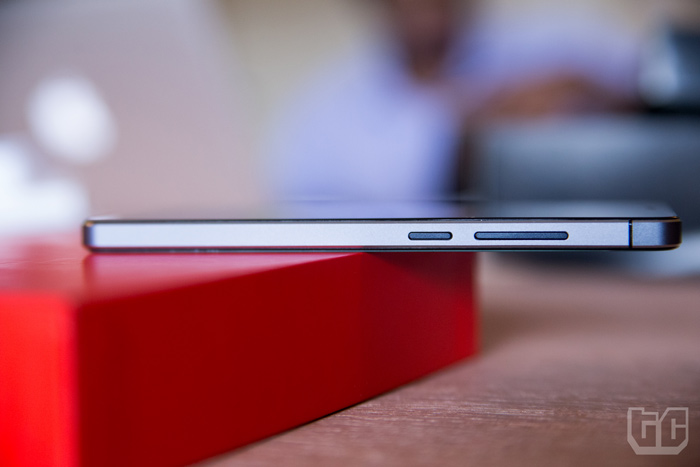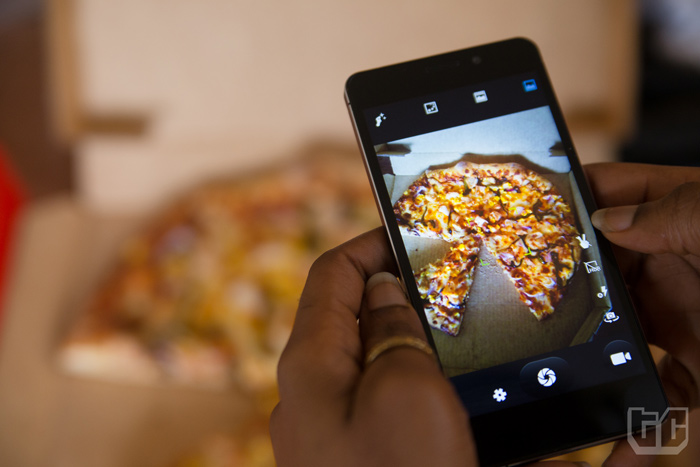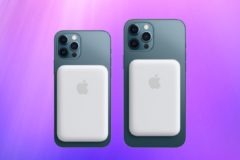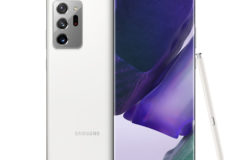Cheap Android phones are becoming more powerful, and if there’s anything the Innjoo One 3G HD has managed to do, it is eking a surprising amount of potential out of such a relatively inexpensive package. With a 5 inch screen, 16GB internal memory (expandable to 32GB via SD card), 2GB RAM, 13MP/5MP front and rear shooters, a 1.4GHz octa-core processor, and of course the most important element — dual SIM — you’ve got a feature profile that should pique the interest of any low to mid-range buyer.
This is going to be a brief review. Let’s see what the Innjoo One can do.
What’s in the box?
The box has all the stuff you’d expect to be in there. But nothing else. There are no surprises. You get exactly what you pay for. Phone, earphones, charger. That’s it.
Design and build quality
It looks like an iPhone
Everyone who’s seen it says so, and I am inclined to agree that it does look like a giant iPhone 5. If Innjoo’s pockets were as deep as Samsung’s, they might be a legal target. But there’s probably no danger of Innjoo drawing Sir Jony Ive’s ire at this point.
The iPhone-esque chassis becomes the Innjoo One. No one will guess this is a cheap Android with its silvered edges and double-sided glass finish. The absence of physical buttons is the one thing that saves it from slavish adherence to the iPhone 5 aesthetic.
But while it might look like an iPhone, this is no iPhone. It certainly doesn’t feel like one. The Innjoo One is remarkably light in the hand. People tend to like to feel a certain heft to their phones, but for a while the trend has been towards thinner and lighter, so this is probably not a bad thing in and of itself.
The glass finish on the back contributes to a psuedo-highend look. But on the downside, the that same glass finish is particularly susceptible to scratches, my review unit picked up quite a few of those. If you buy this, you’ll probably either want a case, or mind where you put it. You’ll also want to have some sort of wiper handy, because this phone is a fingerprint magnet.
There are two speaker grilles, one on the at the top of the device’s face, and the other at the back, almost all the way down the posterior end. It’s odd that they didn’t put it somewhere that doesn’t kiss a surface when it’s set down, because now you’re never going to get the full range of sound unless you are holding the phone (and not obscuring the posterior speaker grille with your hand). Put it down, and you lose half the sound. Brilliant.
The Innjoo One 3G is a dual SIM device, but it’s kind of complicated. There’s two slots for SIMs, and one of them is nano-size, in perhaps another quirky nod to the iPhone blueprint. The other is the more common micro-sim slot which for some reason doubles as the micro-SD port. Long story short: If you’re going to use two SIMs with this device, you’re stuck with the 16GB internal memory that you got by default. To expand, you’ll have to get rid of one SIM. Tough.
Under the hood: OS, user interface and performance
The Innjoo One runs Android OS that has been extensively customised with Innjoo’s proprietary user interface layer. They called InnUI. I am naturally not a fan of anything that is not vanilla Android, but the reality is that Android first-timers who don’t know any better will not mind. In fact, they might find it a useful initiation to apps and stuff.
While my first reaction was to try and get rid of all the extra Innjoo accoutrements that I will never use, Android noobs will be grateful for the amount of pre-loaded apps on the device. Like Xiaomi has managed to do in China, Innjoo is hoping that it will make money by layering its own digital and app ecosystem on the hardware, and get people to buy or subscribe to stuff inside their content and services universe. We’ll see how that goes.
Psst: if you can’t stand OEM UI skins on Android-forked devices, here’s a quick and dirty hack. Install the Google Now launcher app…on most phones, it will instantly transform the UI to as close as stock Android as it can get. The results vary from phone to phone (the UI customisation on Infinix devices appears to be more stubborn), but it’s much better than the default in my opinion.
With 2GB of RAM, I expected to be able to throw a lot of stuff at the Innjoo One 3G and not have it buckle under the strain, and to its credit the device held its own. Games, productivity apps, messaging, multitasking, the works. No out of memory errors popped up from installing “too many” apps, and the device generally carries on smoothly until you try to play Subway Surf with a dozen apps running at the same time.
Battery
How long a phone can stay on is one of the biggest sticking points for the people who buy them. The Innjoo One’s battery appears to be decent. Which is lucky, considering that it does not appear to be replaceable. The Innjoo One is a sealed unit that cannot be taken apart, at least not without specialist tools. Never fear (too much) though, the Innjoo One’s battery is decent, and should get you through a day of average use. That is, you don’t use your phone as a computer 100 percent of the time. Teenagers who are too young to know what a computer is, will probably find the battery disappointing.
Camera
The Innjoo One 3G’s 13 megapixel camera gets a pass. It’s not horrid. It’s not spectacular either. It just works and will capably take your selfies, portraits and scenic images. Just try to get as much light in as you can, and you should be fine.
Last words
Like all Innjoo devices, the Innjoo One 3G is distributed exclusively by Jumia — you will have noticed by now that the Innjoo range of devices directly compete with the Infinix range, which seem to have a good, but of late non-exclusive relationship with Konga. Making cheap Android devices is yet another battleground that the two mega ecommerce brands are squaring off on.
The Innjoo costs N28,000 — that’s not up to $150. It doesn’t get much lower than that. Right now we’re practically swimming in a sea of cheap phones that are pretty much the same any way you look at them. The Infinix Zero, its cheaper Infinix Hot cousin, and the just released Infinix Hot Note device all fall into this category. To stand out, low end droid OEMs must differentiate on perhaps the last thing that is left. And that’s price. And maybe to a lesser degree, responsive after-sales service. Word from Innjoo is that if you crack your Innjoo One 3G’s screen, you can get it fixed for just N800.
Photography: Kunmi Owopetu



























